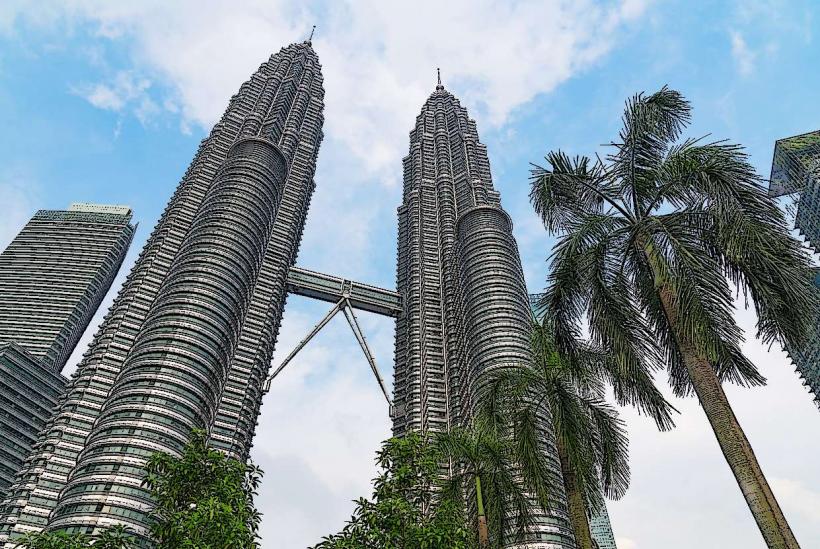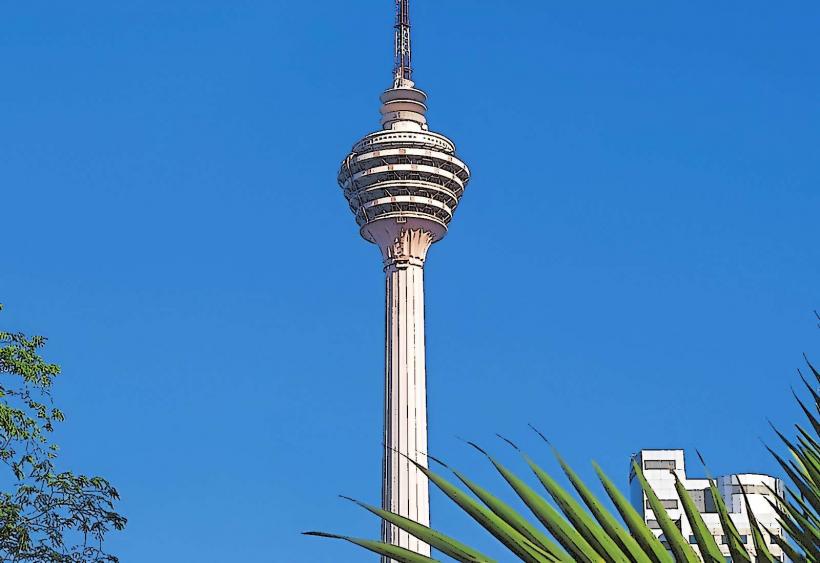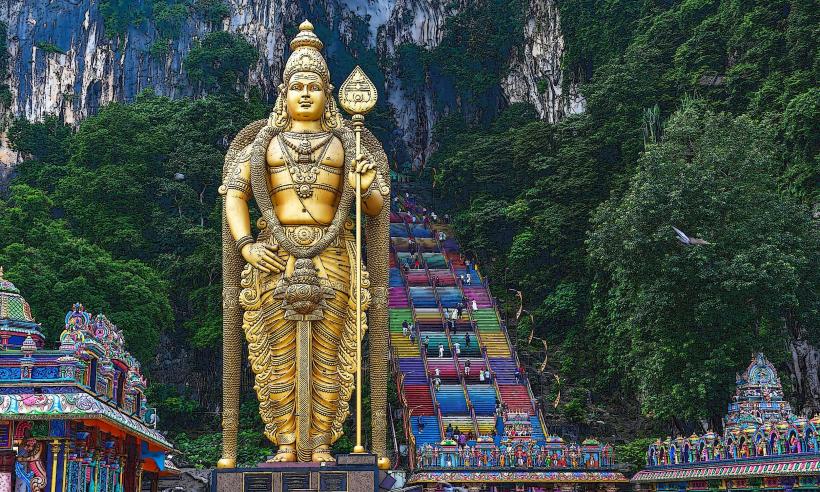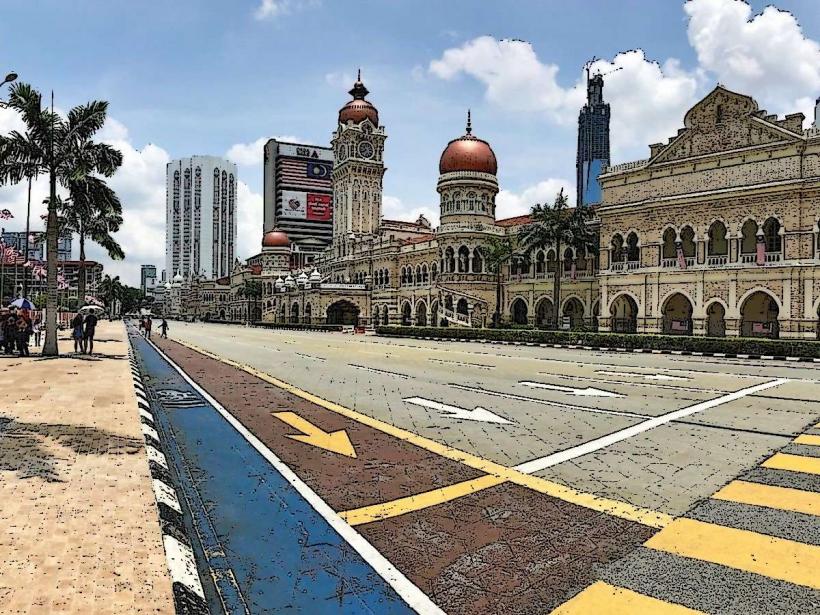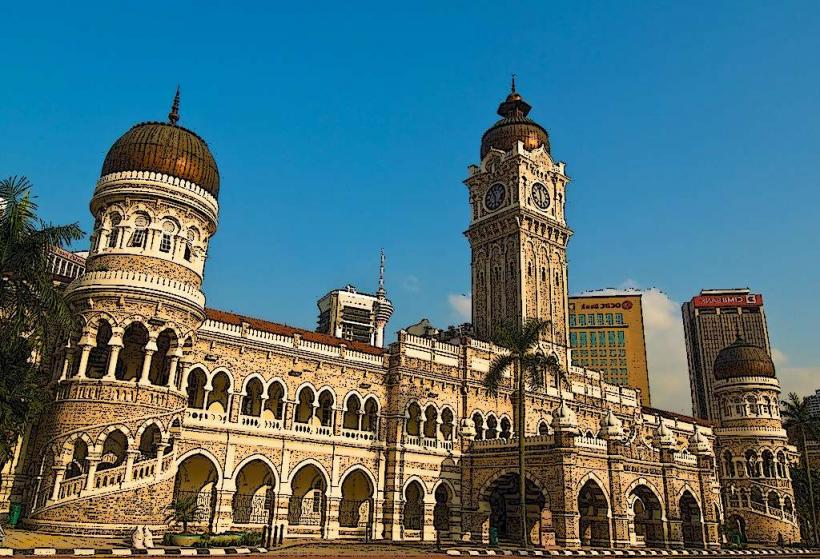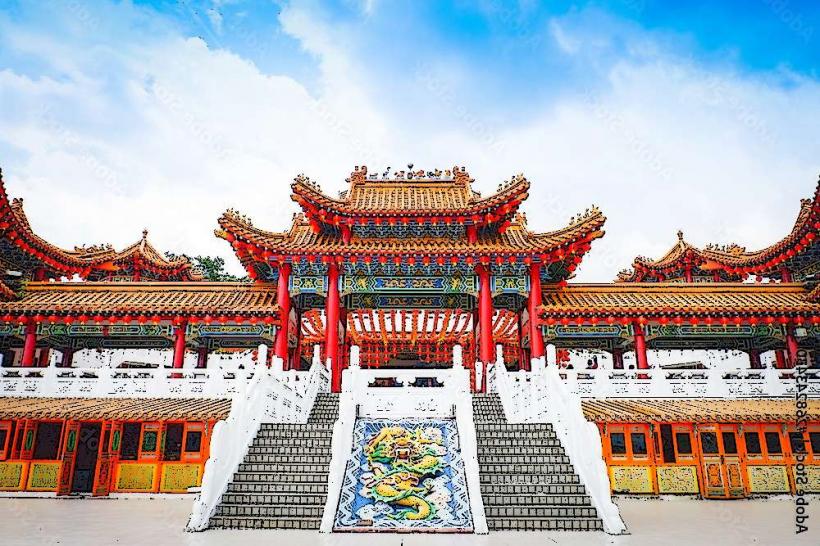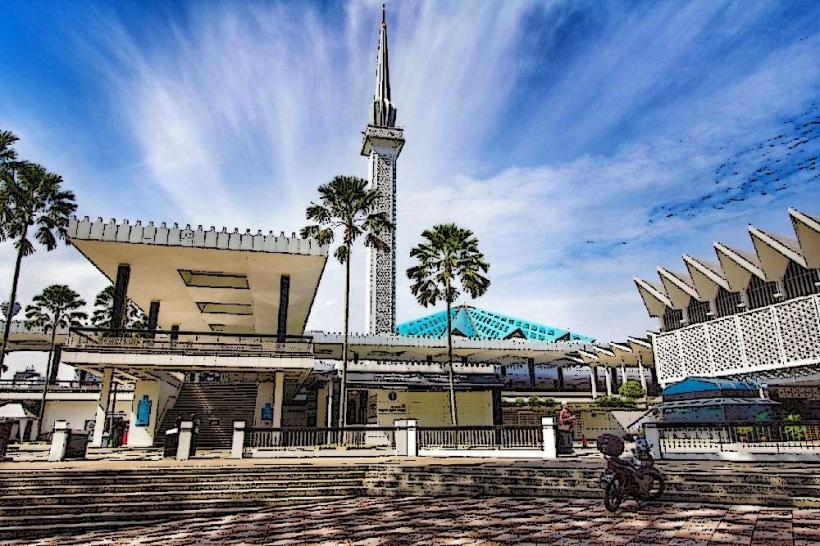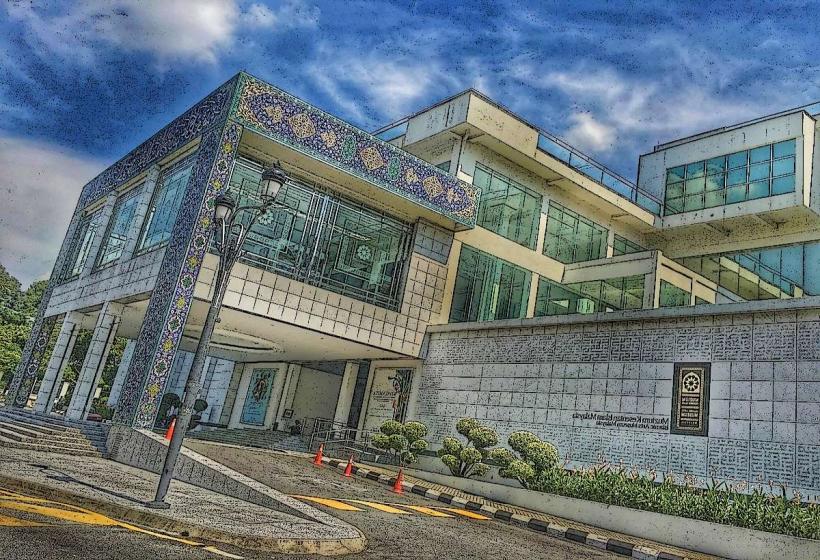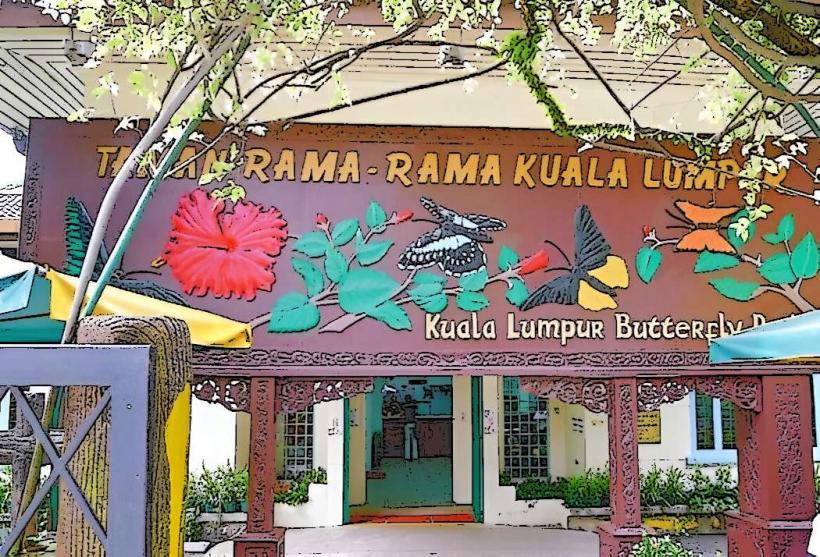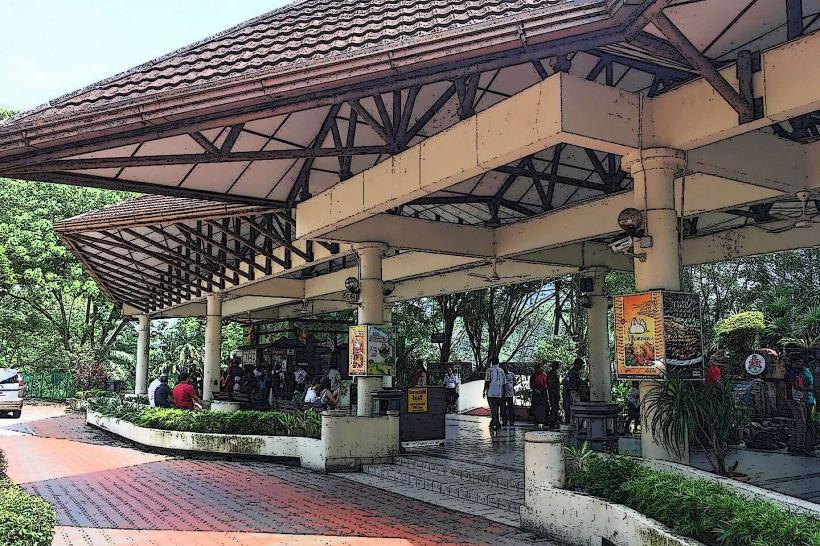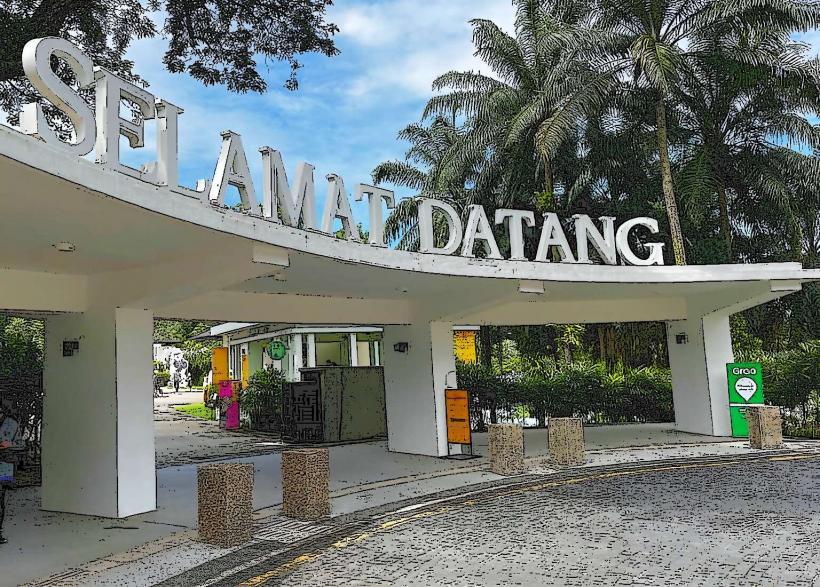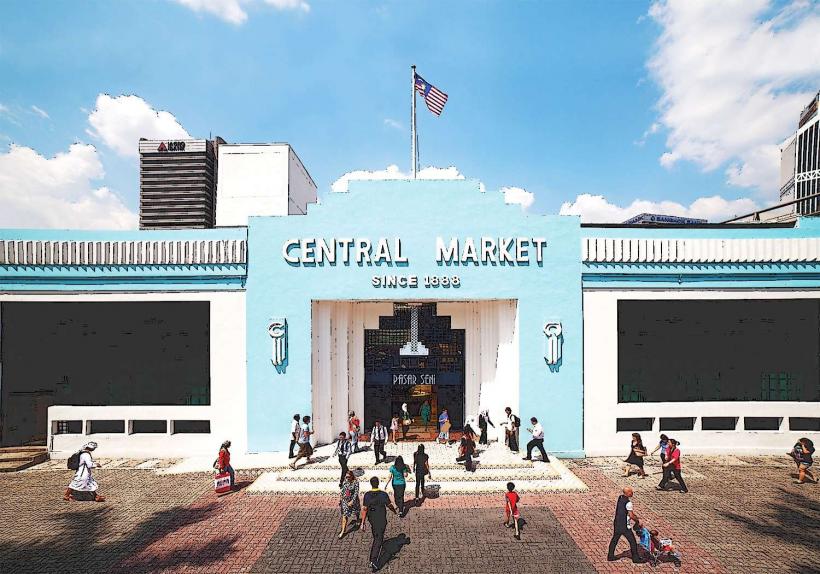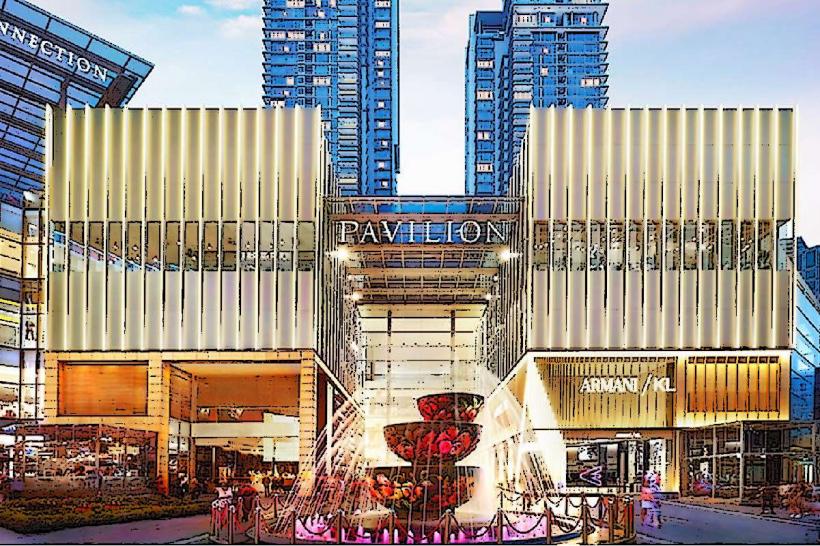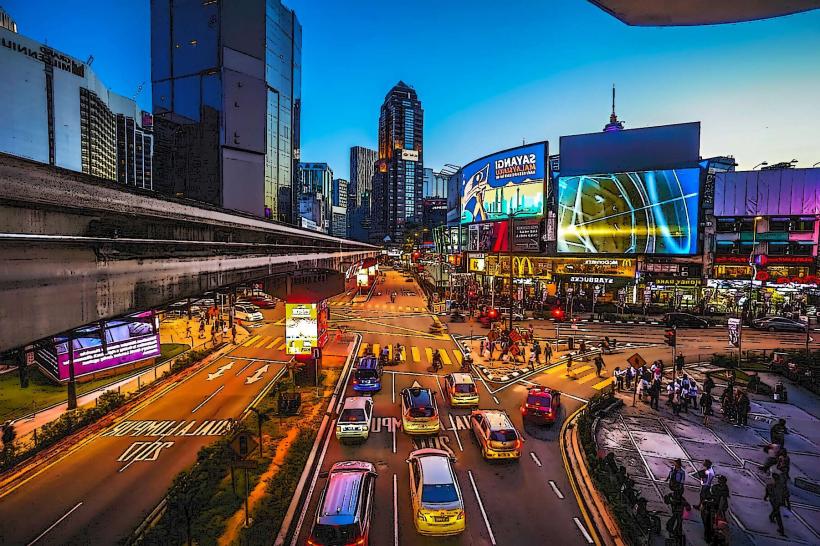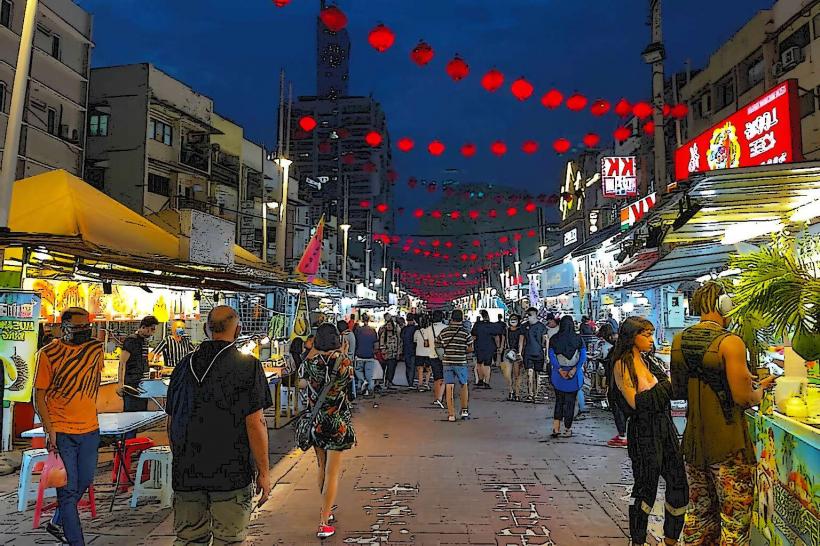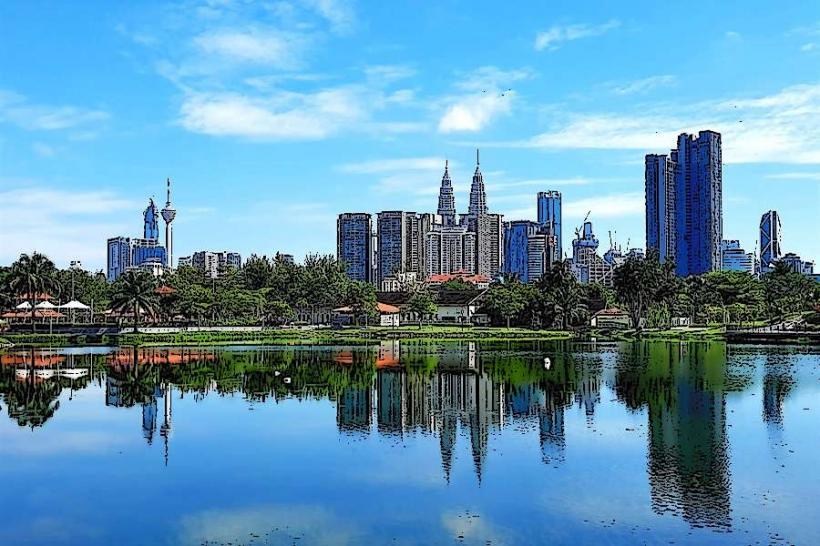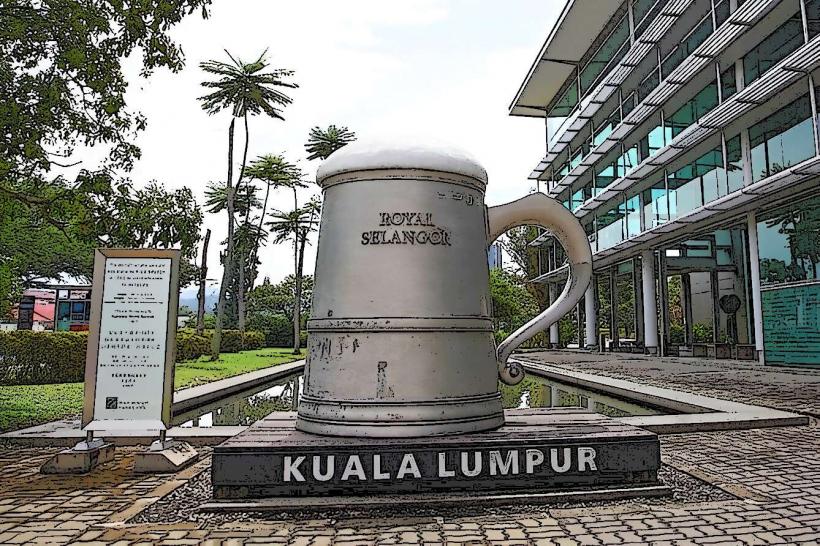Information
Landmark: National Museum (Muzium Negara)City: Kuala Lumpur
Country: Malaysia
Continent: Asia
The National Museum (Muzium Negara) in Kuala Lumpur is Malaysia's premier museum, dedicated to preserving the country's rich cultural, historical, and natural heritage. Here's a detailed overview of the museum:
1. Overview
- Name: National Museum (Muzium Negara)
- Location: Jalan Damansara, Kuala Lumpur, Malaysia
- Established: 1963
- Purpose: To preserve, display, and promote Malaysia’s cultural and historical heritage
- Type: National Museum, History, Culture, and Natural History Museum
- Architectural Style: Traditional Malay architecture with modern elements
2. Architecture
Design: The National Museum is designed in the form of a traditional Malay palace (known as Rumah Gadang). The building features distinct Malay rooflines, with curved and pointed eaves, and is surrounded by a beautiful garden.
Entrance: The main entrance is marked by an impressive archway leading into a spacious hall. The museum's architecture incorporates Malay and Islamic influences, creating a fusion of traditional and modern elements.
Exhibition Halls: The museum is divided into several galleries and exhibition halls, each dedicated to different themes of Malaysia’s history, culture, and natural environment.
3. Exhibitions and Galleries
1. The Prehistory Gallery
- The Prehistory Gallery showcases Malaysia’s early human history and the development of civilizations on the Malay Peninsula.
- Exhibits include stone tools, fossils, and skeletal remains of early humans. Notable displays include artifacts from the Neolithic and Bronze Ages.
2. The Malay Kingdoms Gallery
- This gallery explores the history of Malaysian kingdoms such as the Srivijaya, Malacca Sultanate, and Sultanate of Johor.
- Visitors can see artifacts such as royal regalia, coins, ceramics, and historical documents that highlight the rich cultural and political history of the region.
3. The Colonial Malaysia Gallery
- The Colonial Malaysia Gallery offers a deep dive into the period of British colonial rule in Malaysia. This section features exhibits on the British Empire’s influence, including the establishment of rubber and tin industries, British architecture, and the Malayan Emergency.
4. The Malaysia Today Gallery
- The Malaysia Today Gallery explores the development of modern Malaysia after its independence in 1957. Exhibits focus on the country’s political, social, and economic evolution, highlighting key events and figures in contemporary Malaysian history.
5. The Islamic Arts Gallery
- This gallery features exquisite examples of Islamic art and craftsmanship, including calligraphy, ceramics, and textiles.
6. The Traditional Crafts Gallery
- This section displays traditional Malaysian crafts, such as batik, songket, wood carving, weaving, and metalwork. It showcases the diversity and skill of Malaysia's ethnic groups.
7. The Natural History Gallery
- This gallery provides a comprehensive overview of Malaysia's flora and fauna. It features taxidermy animals, botanical specimens, and ecological displays representing the country’s unique ecosystems, including the rainforests, coastal areas, and highland ecosystems.
8. The Arts and Performance Gallery
- This gallery highlights Malaysia’s cultural traditions, such as dance, music, and theatre. It also features displays of traditional costumes and musical instruments from various ethnic groups in Malaysia.
4. Key Highlights
1. The Royal Regalia
- The National Museum houses some of Malaysia's royal regalia, including swords, crowns, and jewels from the Malay Sultanates.
2. Prehistoric Exhibits
- One of the most important exhibits is the Perak Man, one of Southeast Asia’s oldest and most complete human skeletons, found in a cave in Perak.
3. Cultural Artifacts
- The museum displays traditional costumes and cultural artifacts from various ethnic groups, such as the Malays, Chinese, Indians, and indigenous peoples of Malaysia.
4. Models and Dioramas
- The museum also includes models and dioramas of key historical events and important periods in Malaysian history, such as the Malacca Sultanate, the Japanese Occupation, and Independence.
5. Natural History Exhibits
- A standout feature of the museum is its natural history section, where visitors can learn about Malaysia’s biodiversity, including its unique wildlife, tropical forests, and marine life. One of the prominent displays is the model of the Malayan tiger, an endangered species found in Malaysia.
5. Visiting the Museum
Opening Hours
- Monday to Thursday: 9:00 AM - 6:00 PM
- Friday: 9:00 AM - 12:30 PM and 2:30 PM - 6:00 PM
- Saturday & Sunday: 9:00 AM - 6:00 PM
- Public Holidays: Open with adjusted hours.
Admission Fees
- Adults: RM 5
- Children (12 and under): Free
- Citizens and Permanent Residents of Malaysia: Free admission
- Foreign Visitors: RM 10
6. Accessibility
Location and Transport
- Public Transport: The National Museum is easily accessible by public transport. The nearest KTM Komuter Station is Kuala Lumpur Sentral, which is just a short walk from the museum.
- Monorail: The Muzium Negara Monorail Station is also located nearby.
- By Car: There is ample parking space at the museum, although it can get crowded during peak hours.
Nearby Attractions
- The National Museum is located near other cultural landmarks, including:
- Lake Gardens (Taman Tasik Perdana): A large, lush park perfect for relaxation and leisurely walks.
- National Mosque (Masjid Negara): One of the largest and most impressive mosques in Malaysia.
- Islamic Arts Museum Malaysia: A museum focusing on Islamic art and culture.
- National Planetarium: A space science museum with exhibits on astronomy.
7. Interesting Facts
History of the Museum:
The National Museum was established in 1963, and the building was officially opened by the King of Malaysia in 1965. It has since become one of the most important museums in Southeast Asia.
Location Significance:
The museum is located in Lake Gardens, a green space known for its historical significance as the site of Malaysia’s early colonial institutions.
Artifacts and Research:
The museum not only showcases historical artifacts but also plays a role in research and the preservation of Malaysia’s natural and cultural heritage.
Architectural Influence:
The museum’s design reflects the traditional Malay architectural style, featuring steep roofs and decorative carvings, reminiscent of Malay palaces and wooden structures.
8. Educational and Cultural Programs
- The museum frequently hosts temporary exhibitions, educational programs, and cultural events that engage visitors with Malaysia’s diverse heritage. School groups and international tourists alike can participate in guided tours, workshops, and interactive displays.
The National Museum (Muzium Negara) is an essential destination for anyone interested in understanding the rich tapestry of Malaysia's history, culture, and biodiversity. With its diverse range of exhibits, it provides visitors with an in-depth look at the evolution of this vibrant nation. Whether you're a history enthusiast, a nature lover, or simply looking to learn more about Malaysia’s cultural diversity, the museum is a must-visit landmark in Kuala Lumpur.

